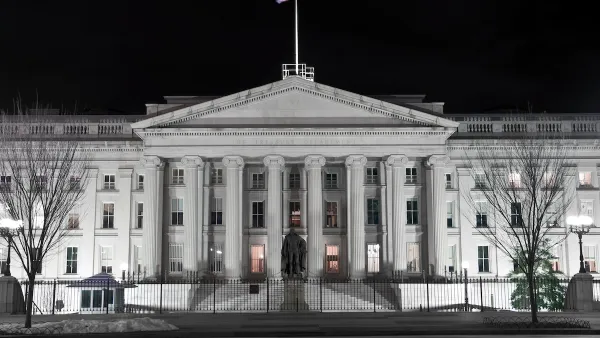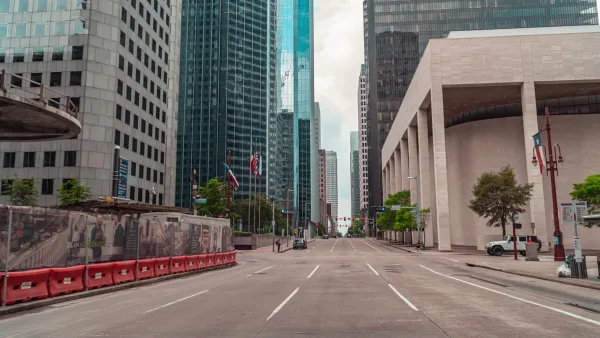Although the findings of a vast, decades-long study into the effectiveness of efforts to decrease the segregation of poor families did not turn up the results social scientists had hoped for, those efforts were successful in unexpected ways.
According to Sabrina Tavernise, social scientists had hoped that experiments begun in the 1990s to move poor families into more affluent communities would result in better jobs, higher incomes and more education. In findings reported last week in the journal Science, researchers noted those results did not happen. However, "What researchers did find were substantial improvements in the physical and of the people who moved."
"This vast social experiment," notes Tavernise, "tested a long-held theory that
neighborhood is an important determinant of an individual's success." If success is measured by higher incomes, than the answer seems to be no. But it turns out you can quantify happiness in relation to income level. And according to Jens Ludwig, a
professor of public policy at the University of Chicago and the lead
author of the study, "[t]he improvement [in happiness] was equal to the level of life satisfaction of someone
whose annual income was $13,000 more a year."
FULL STORY: Intangible Dividend of Antipoverty Effort: Happiness

National Parks Layoffs Will Cause Communities to Lose Billions
Thousands of essential park workers were laid off this week, just before the busy spring break season.

Retro-silient?: America’s First “Eco-burb,” The Woodlands Turns 50
A master-planned community north of Houston offers lessons on green infrastructure and resilient design, but falls short of its founder’s lofty affordability and walkability goals.

Delivering for America Plan Will Downgrade Mail Service in at Least 49.5 Percent of Zip Codes
Republican and Democrat lawmakers criticize the plan for its disproportionate negative impact on rural communities.

Test News Post 1
This is a summary

Test News Headline 46
Test for the image on the front page.

Balancing Bombs and Butterflies: How the National Guard Protects a Rare Species
The National Guard at Fort Indiantown Gap uses GIS technology and land management strategies to balance military training with conservation efforts, ensuring the survival of the rare eastern regal fritillary butterfly.
Urban Design for Planners 1: Software Tools
This six-course series explores essential urban design concepts using open source software and equips planners with the tools they need to participate fully in the urban design process.
Planning for Universal Design
Learn the tools for implementing Universal Design in planning regulations.
EMC Planning Group, Inc.
Planetizen
Planetizen
Mpact (formerly Rail~Volution)
Great Falls Development Authority, Inc.
HUDs Office of Policy Development and Research
NYU Wagner Graduate School of Public Service





























